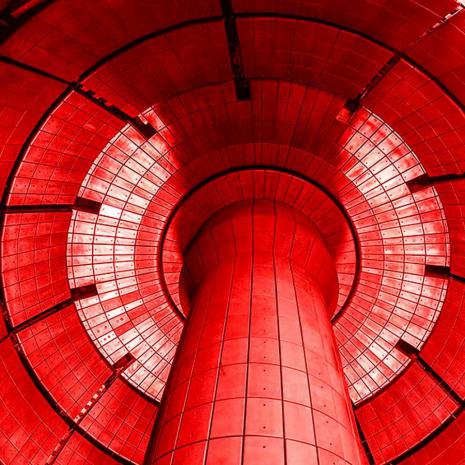
Breaking News
 Is Donald Trump Intent Upon Imposing Martial Law in America?
Is Donald Trump Intent Upon Imposing Martial Law in America?
 Must-See Report! NATO Claims Putin Preparing To Attack Europe As Russia Enters 'Phase Zero'
Must-See Report! NATO Claims Putin Preparing To Attack Europe As Russia Enters 'Phase Zero'
 UK Digital ID: The BritCard Bait And Switch
UK Digital ID: The BritCard Bait And Switch
 Wave Of Antifa Terror Continues In Germany:
Wave Of Antifa Terror Continues In Germany:
Top Tech News
SEMI-NEWS/SEMI-SATIRE: October 12, 2025 Edition
 Stem Cell Breakthrough for People with Parkinson's
Stem Cell Breakthrough for People with Parkinson's
 Linux Will Work For You. Time to Dump Windows 10. And Don't Bother with Windows 11
Linux Will Work For You. Time to Dump Windows 10. And Don't Bother with Windows 11
 XAI Using $18 Billion to Get 300,000 More Nvidia B200 Chips
XAI Using $18 Billion to Get 300,000 More Nvidia B200 Chips
 Immortal Monkeys? Not Quite, But Scientists Just Reversed Aging With 'Super' Stem Cells
Immortal Monkeys? Not Quite, But Scientists Just Reversed Aging With 'Super' Stem Cells
 ICE To Buy Tool That Tracks Locations Of Hundreds Of Millions Of Phones Every Day
ICE To Buy Tool That Tracks Locations Of Hundreds Of Millions Of Phones Every Day
 Yixiang 16kWh Battery For $1,920!? New Design!
Yixiang 16kWh Battery For $1,920!? New Design!
 Find a COMPATIBLE Linux Computer for $200+: Roadmap to Linux. Part 1
Find a COMPATIBLE Linux Computer for $200+: Roadmap to Linux. Part 1
 Bionic hand with NO brain implants?!
Bionic hand with NO brain implants?!
 Nano-cubosome eyedrops target macular degeneration without needles
Nano-cubosome eyedrops target macular degeneration without needles
Expert: "I'm 100 Percent Confident" Fusion Power Will Be Practical

It's Happening
For as long as scientists have dreamed of nuclear fusion reactors that could provide humanity with cheap and clean electricity, the technology has always been a distant dream.
Predictions for when that dream might be realized have long hovered around the "50 years away" benchmark — close enough to tantalize the public and justify grant applications, but far enough off that any given scientist would be long-since retired before they were proven wrong. But now nuclear physicists are getting bolder, according to a new Medium feature by Brian Bergstein, the former executive editor of MIT Technology Review.
The piece is a compelling history of modern fusion research, but what also emerges is a sense that the timeline to practical fusion energy is starting to firm up. With the theory nailed down, researchers are now hammering out engineering problems — and many now believe fusion power plants will be a reality by the 2030s, if not sooner.
Inching Closer
"I'm 100 percent confident that this is going to happen," Christofer Mowry, CEO of General Fusion told Bergstein. "Are we going to have commercial fusion power plants on the grid by 2030? Maybe. But it won't be 50 years, I can tell you that."
According to Bergstein, Mowry was the industry expert with the most optimistic and concrete timeline for developing practical nuclear fusion reactors. He hopes to get a prototype up and running by 2022. Many of the remaining challenges are incremental engineering hurdles — and financial ones, like finding a government willing to invest in the process.



